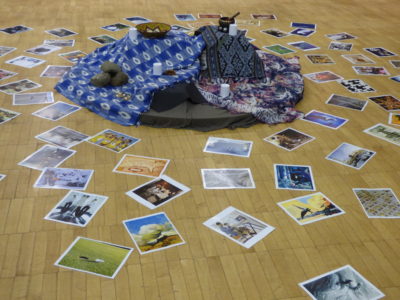Among many things, I’m a Dad. One of my kids is an 11 year-old. He’s in 6th grade. He’s a sweet kid. I bit big for his age, I think of him as a gentle giant.
My 11 year-old, like many of his friends, loves his iPad. For the games. For the access to shows. For FaceTime and texting. I’m ok with all of these in moderation. I’m not ok with these as addictions and distractions away from being able to engage, with real curiosity, the people in front of you.
A friend shared this NY Post article with me, “It’s ‘digital heroin’: How screens turn kinds into psychotic junkies.” OK, “psychotic junkie” is stronger than I prefer, by a lot. And, aside from the “catatonic state” that the author references in her six year-old, there’s a lot of provocative, pattern-naming bits in here that I relate to.
- digital heroin
- focused on his game and losing interest in baseball and reading
- tech designers insisting on low-tech schools for their kids
- wandering attention spans
- affect on the brain’s frontal cortex
- needed detox
Yikes, right. It’s not just a neat device or collection of devices anymore, is it. My personal pet peeve is the device turned on between the time of waking in the morning and coming down for breakfast. Or the, “I’m bored,” comment with any lapse in stimulation. It’s why I insist on reading together, first thing upon waking.
Addictive tendencies aren’t new. This article references 1 in 10 predisposed to addiction. Not being able to say no.
Here’s the paragraph I really connect with. “Developmental psychologists understand that children’s healthy development involves social interaction, creative imaginative play and engagement with the real, natural world. Unfortunately, the immersive and addictive world of screens dampens and stunts those developmental processes.”
I get it — gaming can be creative. It’s highly creative. That’s not what I take issue with, nor worry about with my son. It’s when his gaming and umbilical connection with devices crosses over to “can’t stop, irritable” that I do take issue. I want my son to glow in many ways, but not just from the screen in front of him.


